How to make (almost) anything.
Week 18. Project development.
Work done in the Lab under the guidance of my remote Instructor to accomplish the weekly assignments.
These weeks I will be working on my final project.
What tasks have been completed, and what tasks remain?
I need to improve the assembly of the 3D printed base and its attachment to the PCB, at the moment I fixed the cover with glue but it should be screwed to be able to open and close for maintenance or reprogramming. One of my tests had an assembly with extremely tight tolerances and I couldn't get the base back open without breaking it, so I'd rather put screws into the next version.
What's working? What's not?
The operation of my lamp is basic because nobody wants to make an extraordinary effort when you need to rest, for this reason the capacitive sensor changes between three states: fade, auxiliary light and off. When the lamp is in fade mode it cycles rhythmically for twenty minutes and then turns off automatically (considering that the user is possibly already asleep at this point). What doesn't work is the breathing routine for each of the users: we all have different lung capacities, so the breathing routine that works for me doesn't work for my mother (who is twice my age and doesn't do any sport), so I would like to integrate custom breathing routines for different users.
What questions need to be resolved?
Does the user really fall asleep after twenty minutes? Considering the differences between cold light and warm light for the human perception, is the blue color that I am using the most suitable to relax the user? Is the use of a fade sufficient or is it necessary to use another type of visual indicator to set the rhythm with which you should breathe?
What will happen when?
If I can make a couple more prototypes I will be able to test with more users, so far the only user happy with the product is me.
What have you learned?
Electronics. System integration. How to document my work. Time management techniques. 3D design. Laser cutting. Embedded programming. 3D printing. Morphies law.
Guided breathing lamp summary slide draft:
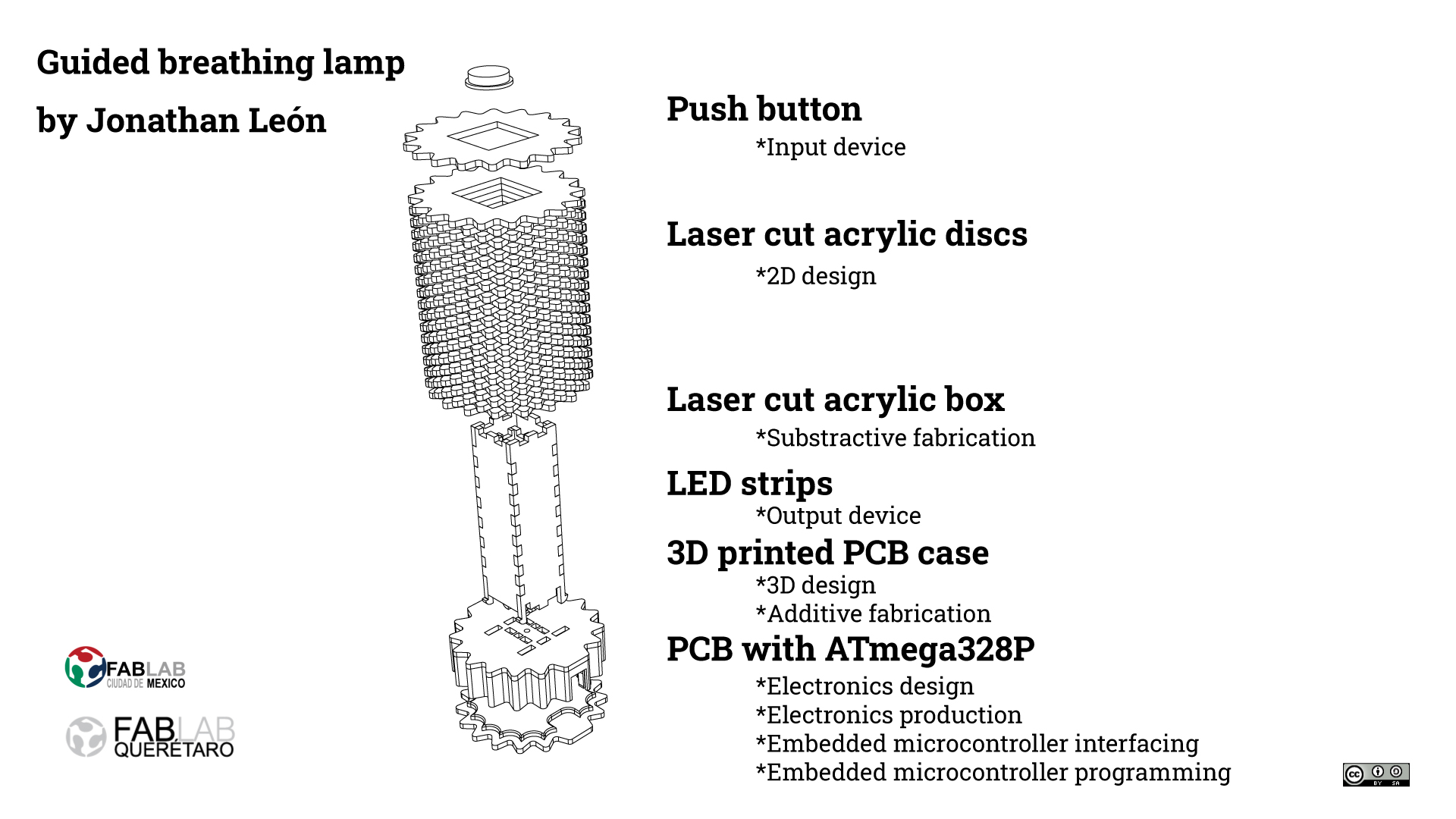
In the final video I want to show all of the processes involved, this one is just a example of the lamp working:
Time management techniques
-Set an schedule. Although I work at the FabLab, my daily activities in my work hours did not allow me to advance too much in the assignments so I had to adjust my free time and weekends to develop the FabAcademy activities, using a schedule served me to pressure myself to myself to meet deadlines and give myself a little break when I finished early.

-Use checklists. All my adult life I have organized it using checklists, I feel satisfaction when I see a completed list, so this time it could not be different: I always start my assignment with a checklist that is filled according to the progress I make, so when I finish I can check that the whole topic is developed correctly. On the page of each assignment I integrate it at the end of the document, and on my phone I have a draft list in Google Keep with the pending activities, which are canceled as I advance. As soon as they started evaluating me in Nueval I realized that they use the same system so I guess this system works for everyone, not just for me.
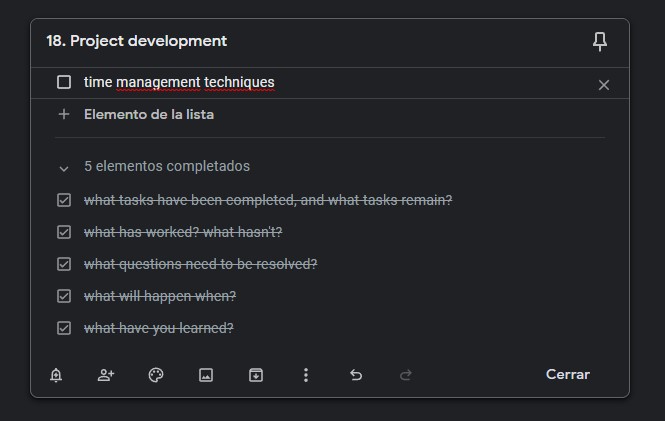
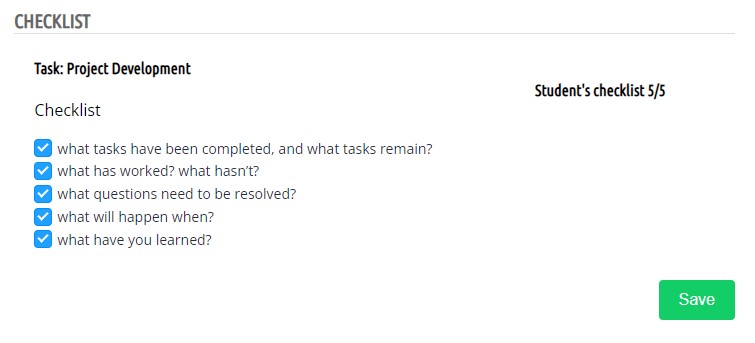
-Take advantage of weekly assignments to advance in the final project. As a recommendation from my instructor Iván, I tried to focus my attention on my project and use all my learnings and experimentations to achieve a small weekly advance to get closer and closer to the goal, so the final project emerges from the different assignments.
I think FabAcademy should change the name “Final Project” because it makes people feel confident, and literally leave it for the last weeks. I like how “Integrating Project” sounds, I think it is better since it reflects all the knowledge acquired throughout the course.
-Serial and parallel development. In my project there are parts that, being independent, could be developed in parallel, such as the 2D and 3D design, and others that flow directly from the previous part, such as the electronics (for me it was a trial and error process), for this reason I developed electronics in serial. The programming was mostly done on a commercial Arduino board and when everything was ready I just checked that it worked on my board, in this way I could advance to version 4 of my board without delaying the programming part.
-Spiral development. When I started the course I saw impressive projects and fantasized about the possibilities of doing a very complex lighting project, but after analyzing my resources I realized that I did not have the time or the necessary knowledge, so I established more realistic stages, at this moment I'm in stage two and possibly get to stage three in a couple months.
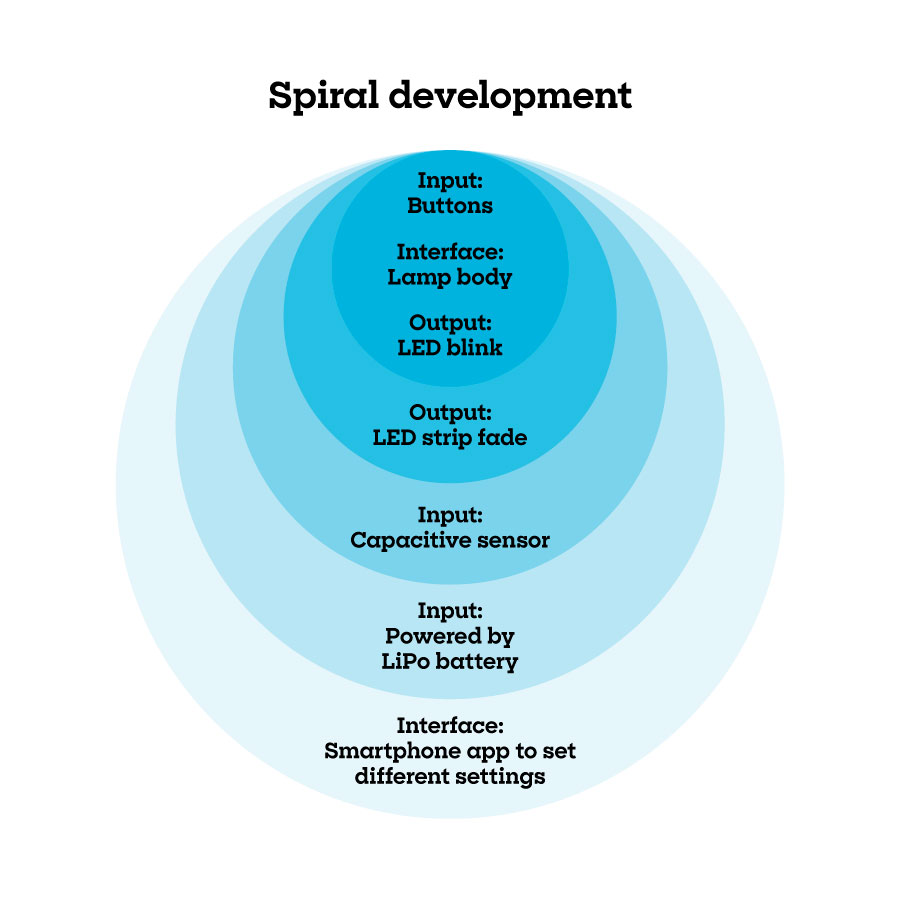
-File organization. It might seem unnecessary to mention it, but having all the files in order makes work easier and saves valuable time when documenting assignments or replicating processes. I use a repository in OneDrive to have the same files on my personal laptop and on my work PC (so I can move forward in the lab during the week and continue on the weekend on my laptop without leaving home), and I use my GitLab repository just to upload shared files like my web page HTML or public editable files. By combining both services all raw media content is backed up without wasting space in my GitLab repository, and all editable files are available to the public.
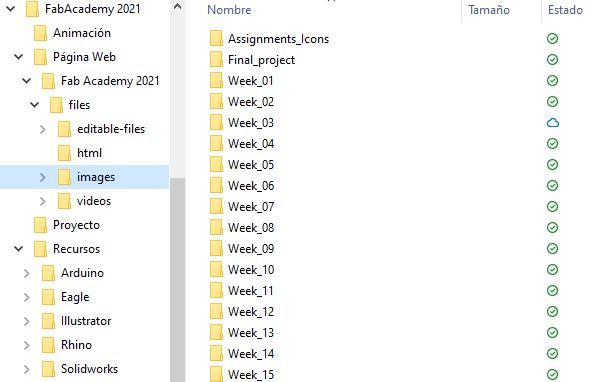
|
For this assignment I:
|